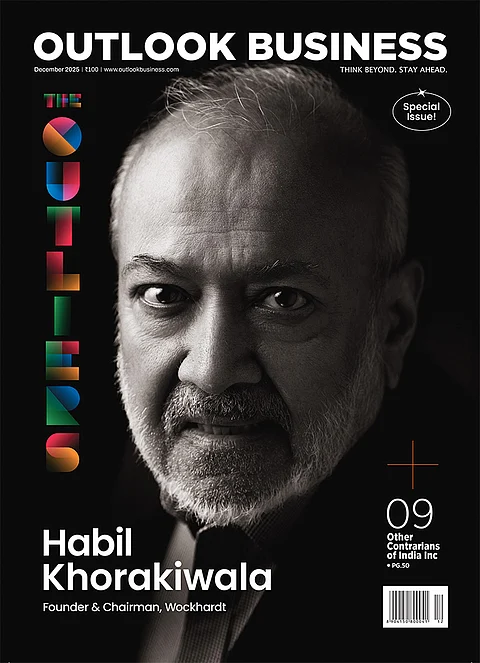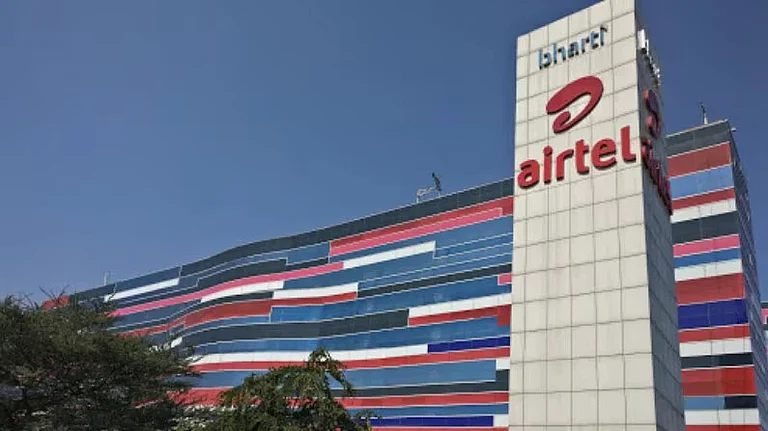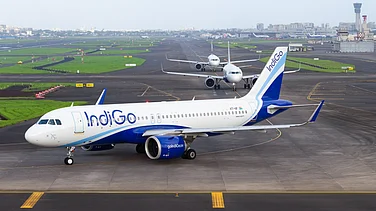
BSNL generated ₹5,347 crore in revenue in Q2 FY26, achieving 93% of its quarterly target against an annual goal of ₹27,500 crore.
The state-run telecom firm had reported total revenue of ₹25,000 crore in the previous year.
The figures were shared after a review meeting chaired by Communications Minister Jyotiraditya M. Scindia.
State-owned Bharat Sanchar Nigam Limited (BSNL) generated ₹5,347 crore in revenue for the second quarter of the financial year 2025-26 (FY26), achieving 93% of its revenue target for the period. The ailing state-run telecom firm has been given an annual revenue target of ₹27,500 crore for FY26.
It had reported total revenue of ₹25,000 crore in the previous year.
The Q2 earnings data was revealed after a review meeting of the state-owned telecom company in New Delhi, chaired by Union Minister for Communications Jyotiraditya M. Scindia on Thursday.
Scindia noted that BSNL achieved revenue of ₹11,134 crore in the first six months of FY26, describing it as a “testament to the organisation’s rising operational and market performance.”
The company’s average revenue per user (ARPU) also rose from ₹81 in Q1 to ₹92 in the quarter ending September 2025, with Odisha, Maharashtra, and Haryana performing notably well. Revenue per employee averaged ₹9 lakh during the quarter.
Chief General Managers (CGMs) of all 28 BSNL circles across the country attended the meeting. Scindia felicitated the CGMs of Karnataka, Haryana, UP (East), Jammu & Kashmir, and Andaman & Nicobar circles for their exemplary performance, calling them BSNL’s “five stars.” He encouraged other circles to emulate their leadership and innovation models, the ministry said in a statement.
The Union Minister also urged BSNL’s CGMs to replicate the organisation’s leadership and review model within their respective circles, ensuring cascading meetings at every level to strengthen accountability and execution. He encouraged leaders to “empower and energise” their teams, stating that a strong organisational culture can outperform even the best strategies.
He directed circles to benchmark network uptime against competitors, plug performance gaps, and complete battery and media replacements by December 2025. Stressing cost control, he said no circle should report negative EBITDA, highlighting that “every rupee saved adds directly to the bottom line.” Scindia also urged diversification, asking circles to explore new revenue streams and take inspiration from the Department of Posts’ innovations in untapped market segments.
BSNL’s Revival Efforts
To defend BSNL from intense private competitors such as Reliance Jio and Bharti Airtel, the Narendra Modi-led central government has infused over ₹3.22 lakh crore into BSNL through several revival packages since 2019.
In FY25, the company finally showed signs of a turnaround, reporting net profits in the last two quarters for the first time in 18 years. BSNL’s annual net loss was cut by 58%, from ₹5,370 crore in FY24 to ₹2,247 crore in FY25.
The government has also sanctioned an additional ₹6,982 crore in capital expenditure for BSNL in 2025 to bolster its nationwide 4G network rollout.
State-run BSNL continued its modest user recovery in September 2025, adding 0.5 million wireless subscribers, ahead of Bharti Airtel (0.4 million additions) and well ahead of Vodafone Idea (Vi), which lost 0.7 million users.
However, Reliance Jio dominated with a massive 3.2 million net additions, driving most of the industry’s overall growth of 3.4 million subscribers. On the active user front, BSNL added 0.3 million, compared to Jio’s 3.1 million gain, Vi’s marginal 0.02 million rise, and Airtel’s 0.9 million decline.































